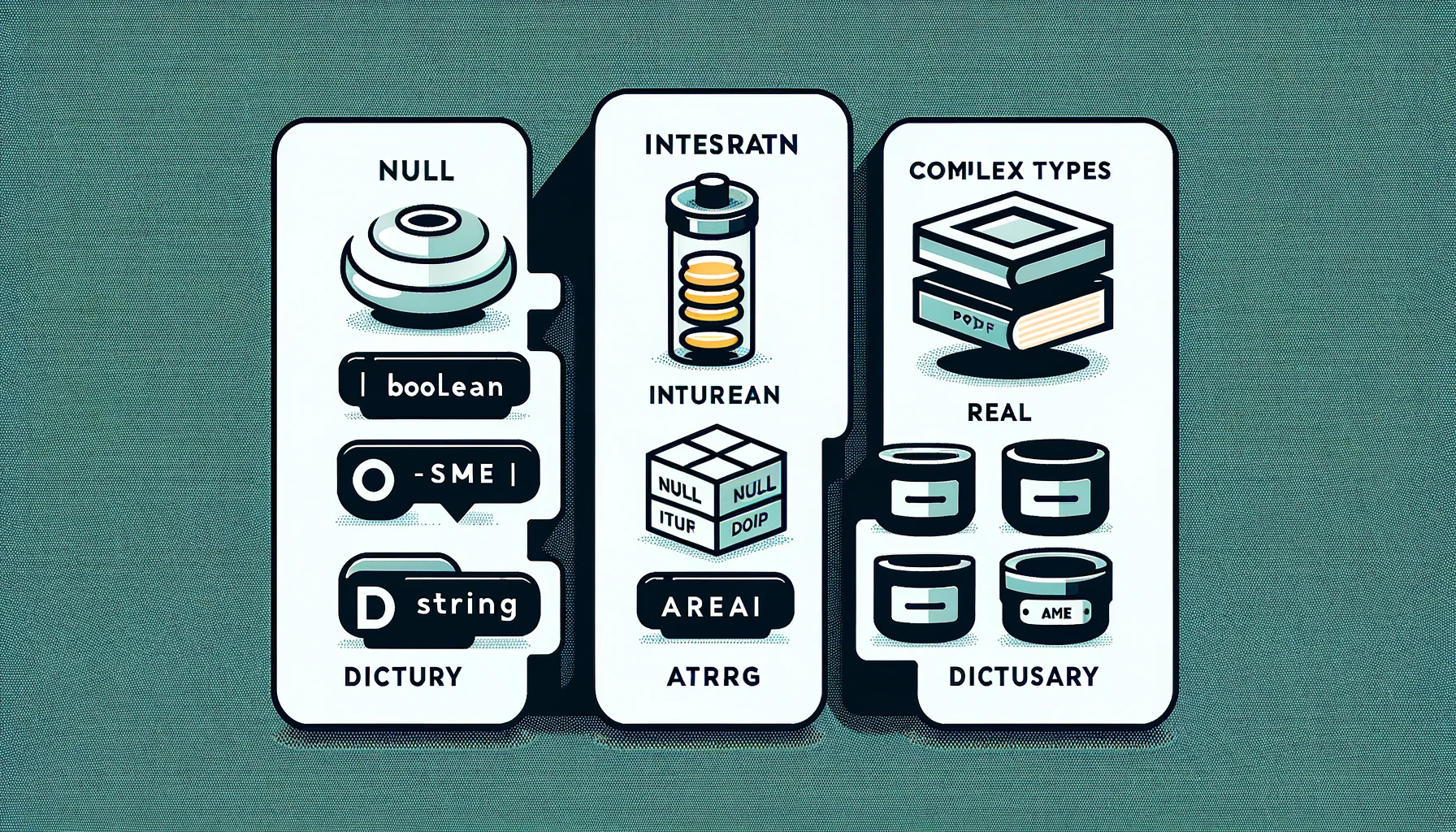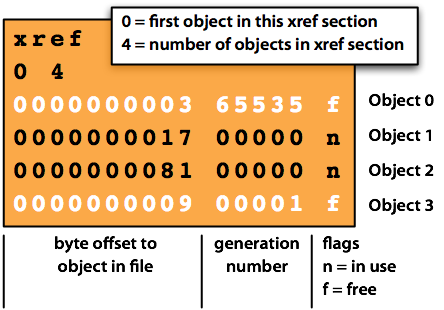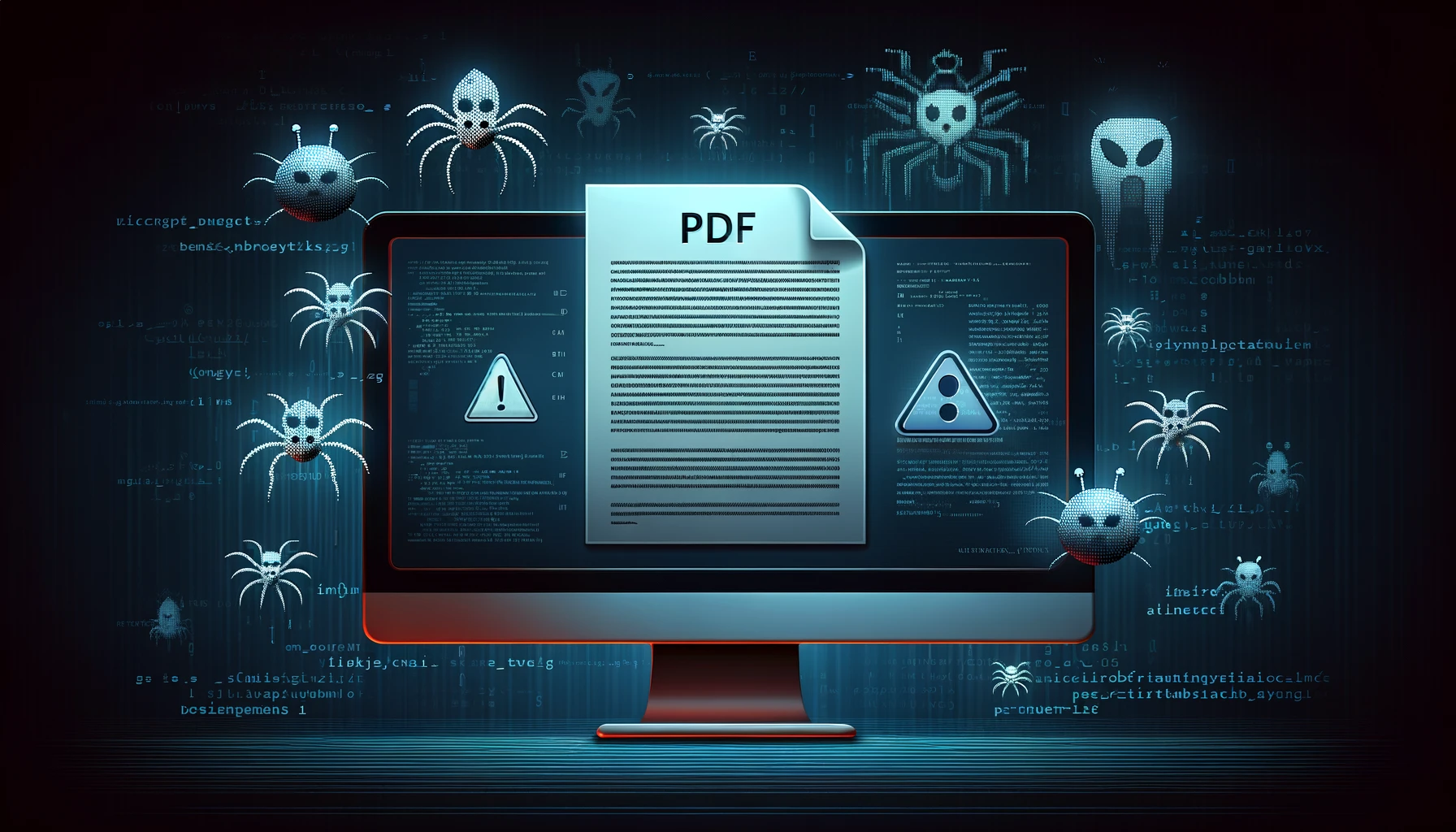by Mark Gavin
A PDF file contains eight (8) types of objects called “CosObjects”. These are the core building blocks which make up the body of a PDF file.
Objects can be either direct or indirect. Direct objects are just “inline values”. For example; /Filter /FlateDecode. Here the key is Filter with a direct name value of FlateDecode. Indirect objects have an object ID and a generation number and can be referenced by other objects within the PDF file. For example; /Contents 2 0 R. The key is Contents and 2 0 R is an indirect reference to a contents stream or a contents array. Please see the PDF Hello World post for examples of how direct and indirect objects are used.
| Type | Description | Examples |
|---|---|---|
| Null | This really is a valid object | Null |
| Boolean | True or False | true or false |
| Integer | Integers | 1, 2, 3, 100, 208 |
| Real | Real Numbers | 0.05, 0.25, 130.23 |
| Name | Key Names and Labels | /Type, /Page, /ThisIsName37, /UTF8Name#007 |
| String | PDDocEncoding, UTF16BE or Hex | (Testing), <FFFE0040>, <1C2D3F> |
| Array | Heterogeneous Ordered Set of Objects | [ 0 0 612 792 ], [ (T) –20.5 (H) 4 (E) ] |
| Dictionary | Key Name and Value Pairs | << /Type /Page /Author (Mark Gavin) /Resources << /Font [ /F1 /F2 ] >>>> |
| Stream | Data + Dictionary | << /Type /XObject /Subtype /Image /Filter /FlateDecode >> stream …. endstream |
Streams are large blocks of data which commonly holds content operators and/or images. Streams also contain a descriptive dictionary.
Indirect object references have both an object ID and a generation number. The object ID is the index into the xref table. The generation number represents a version number for the object.
More information on PDF object types can be found in ISO-32000 Section 7.3.




